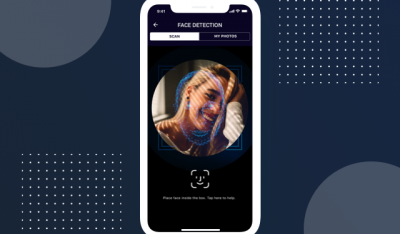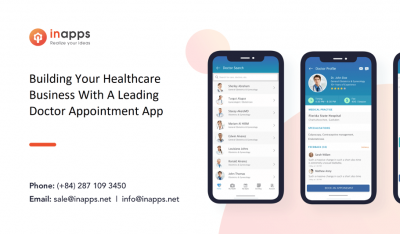
An oft-quoted study by the Tufts Center for the Study of Drug Development estimates the cost of developing a new drug, from R&D to approval, is about $2.6 billion.
Influencer marketing is often thought of in a consumer context, such as Netflix extensively using social media platforms to attract millennials. However, similar marketing strategies can influence a decision to, say, switch to a new cholesterol or blood pressure management drug because your trusted cardiologist recommended it over the current one due to higher efficacy.
The main challenge is identifying these hubs of influence, understanding the community attached to each hub and prioritizing the marketing activities to effectively launch the new product or service through the hubs.
Finding hubs of influence on Instagram, YouTube, Twitter, Facebook etc. are well understood, and there are many tools that can identify the hubs, characterize the communities or audience attached to each hub, and rate the relative value of each community for consumer product marketing.
For more complex products such as new pharmaceutical drugs, medical equipment or healthcare treatments, identifying hubs of influencers among physicians and other healthcare providers requires deep analysis of patient claims data to uncover the referral relationships.
Traditional analytics solutions built on relational databases require expensive joins among large tables containing prescriber, claims and patient data. It can take hours, sometimes days, to complete the database joins. This makes traditional analytics solutions unsuitable for this type of analysis.
Graph technology makes uncovering referral relationships much easier, as the patient, prescriber and claims data is pre-connected in the graph database.
Helping Amgen Map the Patient Journey
Biopharmaceutical company Amgen, for example, wanted to understand relationships among patients and prescribers to increase the sales of a pharmaceutical drug. This requires combing through terabytes of records to identify referral relationships among prescribers by correlating medical and pharmacy claims over time and detecting communities of prescribers based on claims analysis.
Amgen quickly ran into problems scaling with its original graph database. Loading the data took too much time and, once it was loaded, calculations were very slow or didn’t complete at all.
With the latest graph technology, the company can scale its analysis of these relationships and derive new, hidden insights.
Uncover Inferred Relationships among a Group with Graph Database

Consider another example: A general practitioner sees a patient for shortness of breath symptom resulting in an insurance claim. The same patient sees a cardiac specialist the next week for cardiac catheterization or angiography and again a week later for an angioplasty operation.
Graph technology visually shows all of these claims connected with the patient and the prescribers so that data analysts can understand the relationship intuitively. It also links them based on a time window to deduce referral relationship.
In this example, the claims occurring within three weeks are considered for establishing a referral relationship. It takes four hops or steps for traversing from the referring physician to the referred specialist via relevant claims.
A referral edge or relationship is established between the two doctors and the relationship edge carries important information such as the number of patients referred, healthcare condition groups related to the referred patients.

The prescription claim data can be added in, to provide specific drugs for cardiac care that are frequently prescribed by both physicians. Armed with these insights, pharmaceutical companies producing cardiac care medication and the medical equipment manufacturers producing stents and other products for cardiac surgery can market those products to the doctors and their networks.
Identifying Hubs of Influence and Community around Them with a Graph Database
After establishing the referral relationships among influencers or trusted product or service providers (such as prescribers or doctors in case of pharmaceutical and healthcare industry), the next step involves identifying the most influential hubs driving most activity such as healthcare claims for a specific condition such as cardiac care or diabetes management.
After identifying and ranking the hubs for their influence, the final step in the product and service marketing driven by influencers is to identify the community around each hub and evaluate the market opportunity to determine the relative importance of each community.
The technology includes the community detection algorithm to identify communities around each hub.

Consider an example where there are three communities of connected prescribers and patients identified for the eastern part of San Jose, California, for treating cardiovascular disease and providing preventive care with hypertension medicines.
The SQL-like graph query language is used to aggregate the spend across all claims for the community that is related to cardiovascular diseases, along with insurance payouts and the out-of-pocket cost for patients. Total spend along with insurance payouts and the out-of-pocket cost is calculated for the medication prescriptions.
Armed with these insights, pharmaceutical companies producing the medication and the medical equipment manufacturers producing stents and other products for the cardiac surgery can prioritize visits to the most influential hubs in communities with the maximum spend on those products or services in the Raleigh healthcare market.
This delivers the new innovations in medicine as well as healthcare instruments and procedures to the community that is likely to benefit most from it while delivering maximum revenue uplift for the producers of these products and services.
Determining hubs of influence is a powerful tool for marketing in a medical context.
Feature image by rawpixel from Pixabay. Other images provided by TigerGraph.



















